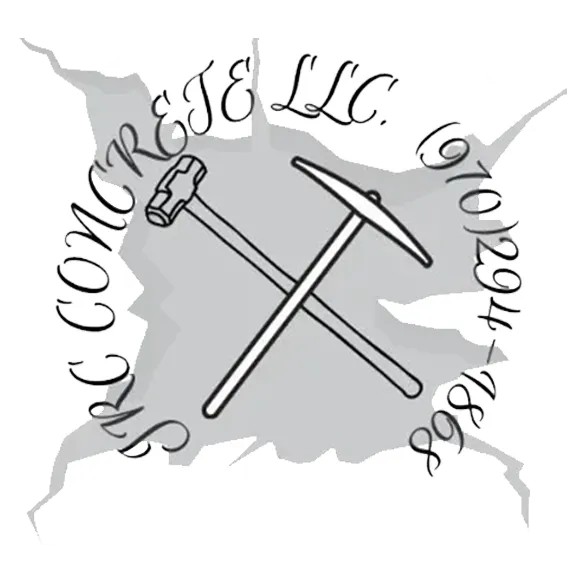When is the Best Time to Pour Concrete?
Pouring your concrete at the right temperature is vital for the long-term health of your concrete. Factors like precipitation, time of day, and time of year should be considered.
What Time of Day is Best to Pour Concrete
Temperature is the most important factor in determining the consistency and finish of your concrete. To avoid the hottest part of the day, pour your concrete from 9:30 am to 8:00 pm. During the summer, consider pouring concrete at night to give the concrete the best chance of hardening and curing before sunrise.
When pouring concrete for your home, the temperature should remain between 50 and 60 degrees Fahrenheit for most of the day.
Ensure that temperatures do not fall below 40˚F at night. This may cause the water in the concrete to freeze, increasing the risk of chipping and breaking.
Rain
As a rule of thumb, avoid pouring concrete in wet weather. Even light rain can cause damage to freshly poured concrete slab. Although, after 4 to 8 hours, the concrete is hardened enough that rainfall can help the curing process by giving additional hydration, similar to soaking the concrete with a hose.
What Season Should you Pour Concrete In?
Hot temperatures
Trying to pour concrete in hot weather can decrease the amount of water in the concrete mixture due to the process of evaporation. This can create irregularities in the shape, but it can also cause the final product to be weak. This puts the concrete in danger of flaking, chipping, and breaking under pressure.
Cold Temperatures
On the other hand, when pouring concrete in cold weather, the curing process will take much longer. If the temperature is too cold outside, concrete curing will be significantly delayed. While it doesn't seem like a big deal, the possible consequences are hard to ignore.
Slow-curing concrete tends to shift over time, causing severe structural damage. Freezing temperatures can also cause water in concrete to freeze and expand, causing the concrete to crack. These breaks may be immediately visible or form in the middle of the concrete. Cracks in the middle of your concrete can go unnoticed until a heavy structure is placed on top of it, causing it to crumble.
To avoid these issues, pour concrete at 50 to 60°F. Temperatures below 50°F begin to slow the curing, and temps below 40°F risk freezing the water in the cement.
Warm Temperatures
If the temperature rises above 60°F, the water in the concrete mix may begin to evaporate while it cures, compromising the structural integrity. To combat this, it is important to water the concrete after it has hardened. Spray the concrete 5 to 10 times daily for the first 72 hours to help the curing process by adding hydration. Remember that cement should not be sprayed until it has solidified.
The Best Season for Concrete
While summer can sometimes appear to be the right moment for these projects, the continual heat can become a concern. This is because the optimal temperature for pouring the concrete is between 50 and 60°F. As a result, the best time to pour concrete is in the cool to mild months of the year, depending on your region's climate.

